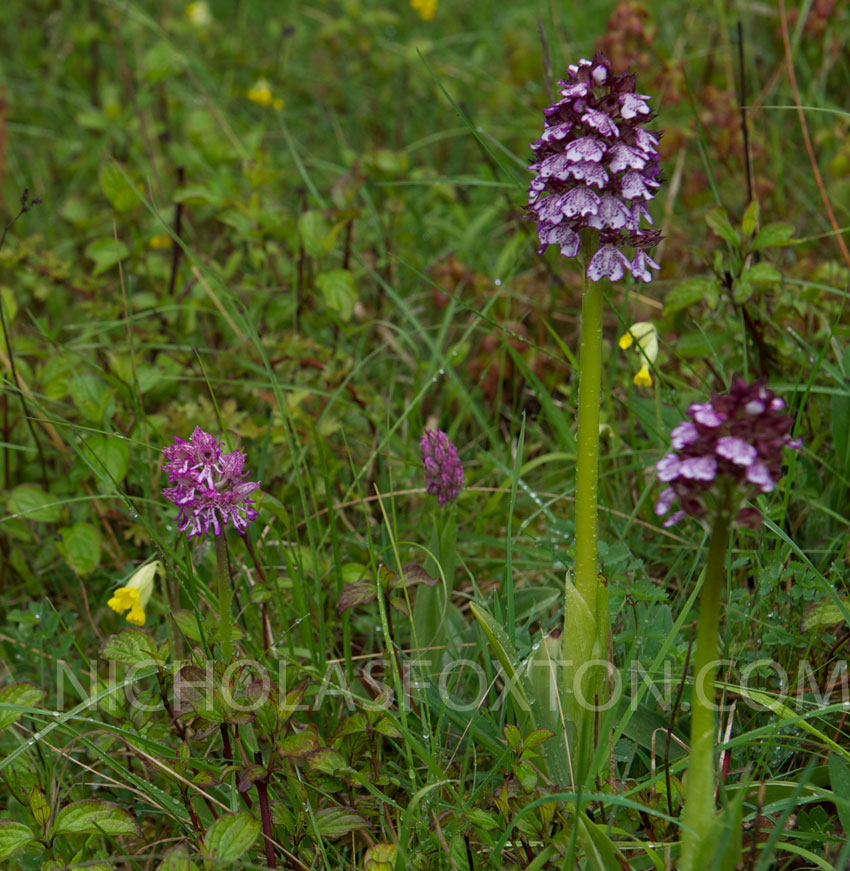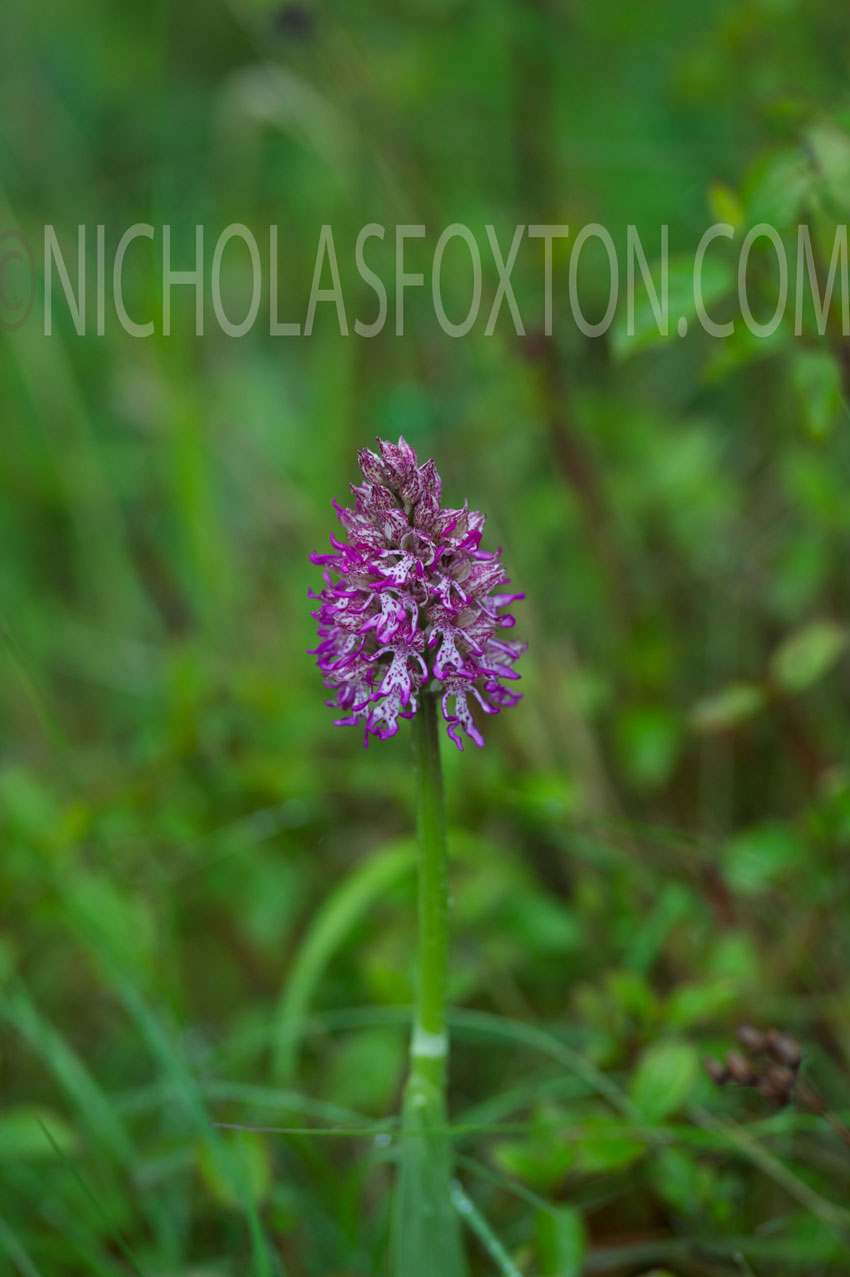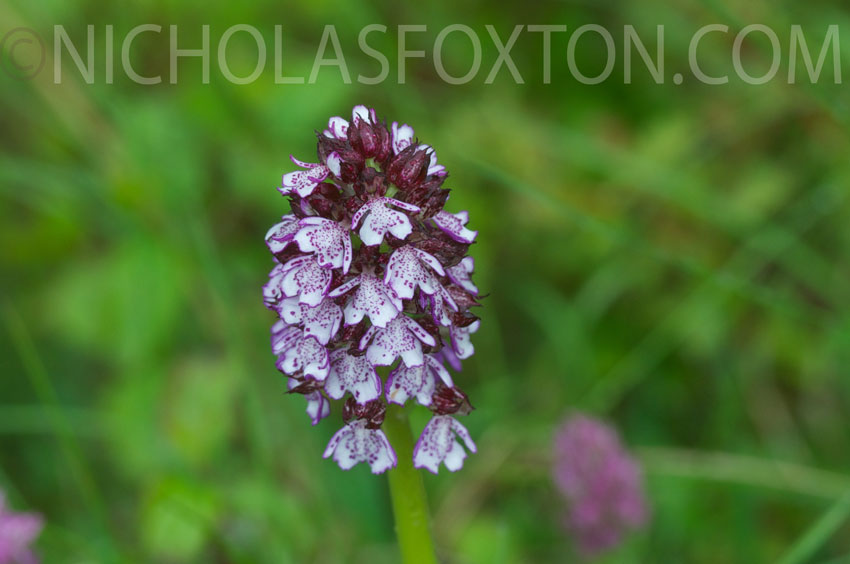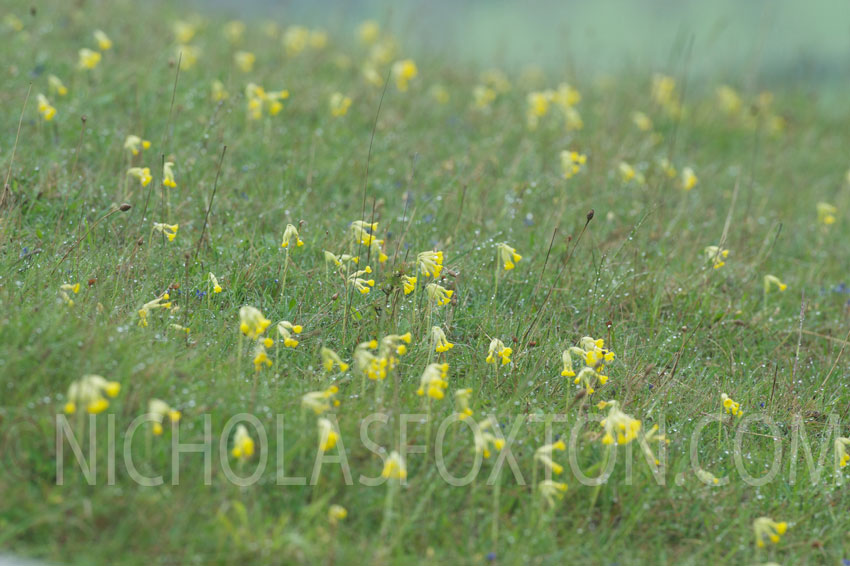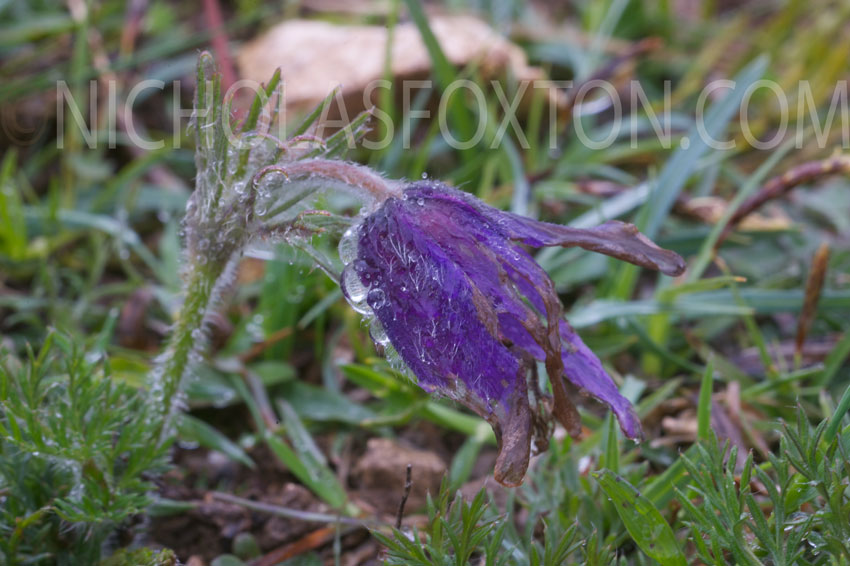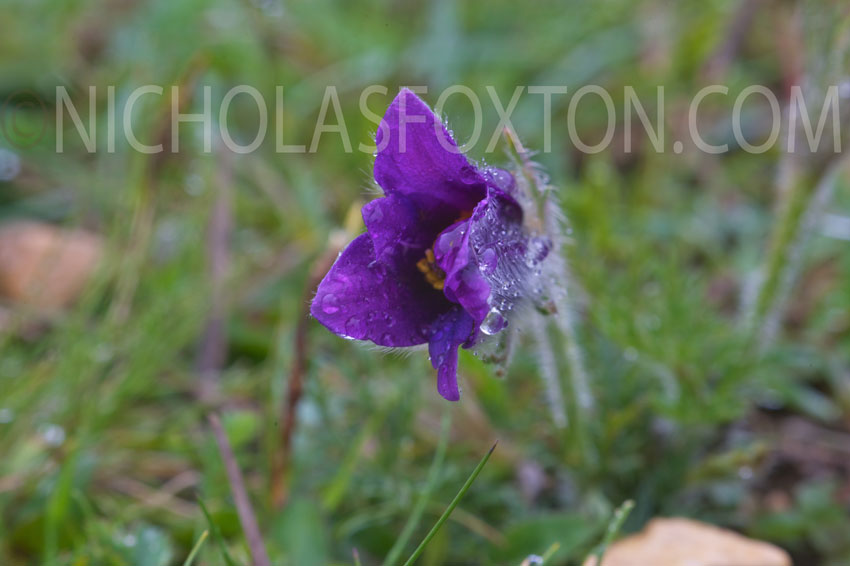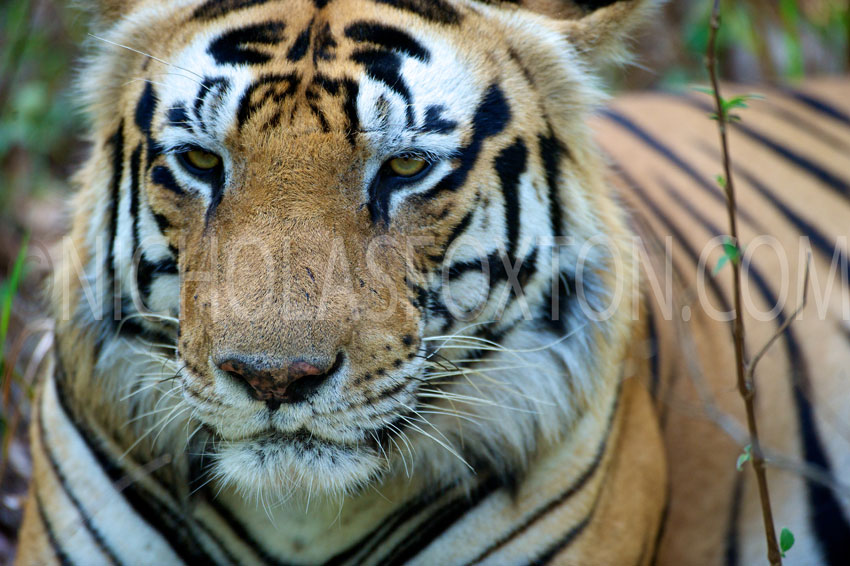The title of this post is as I’m sure you know from Thoreau’s Walden, which is one of the key texts of American Transcendentalism and of American environmentalism.
Now a friend has directed my attention to the news that there is a planned Thoreau video game – (http://flavorwire.com/284117/theres-going-to-be-a-henry-david-thoreau-video-game) .
I’ve spent enough time reading Thoreau to be rather dispirited by the news, which seems like an indicator of the vast Mariana-trench-like depths of human folly. Thoreau is eminently quotable which is one reason why he is still read, and his sojourn at Walden Pond in Massachussetts was precisely so that he could as he put it ‘live deliberately’. The full quotation is ; I went to the woods because I wished to live deliberately, to front only the essential facts of life, and see if I could not learn what it had to teach, and not, when I came to die, discover that I had not lived. You may by now have noted the irony here of a video game which (and I’m quoting from the promotional blurb) ‘will recreate the world of Walden in a 3d virtual environment where players can follow in the virtual footsteps of Thoreau and conduct their own experiments of living deliberately’.The gameplay will embody the nature of the experiment that Thoreau set himself to live as simply and as wisely as he might as a part of nature and not apart from it’. The game is described as an ‘immersive experience’ and it is hoped, argue the creators who have just received a $40,000 grant from the National Endowment for the Arts, will bring new readers to Thoreau’s work.
It is very hard to reconcile the premise here which may well reflect an ingenious (and frankly quite cynical) approach to grant application with any sense of having actually read Thoreau’s work. Oh it may have been ‘read’, the phrases parsed and their meaning (mis) interpreted but it has not as a Cumbrian phrase pithily has it ‘gone by ear’.
Thoreau’s exhortation to his readers at the end of Walden was to ‘be rather the Mungo Park, the Lewis and Clark and Frobisher, of your own streams and oceans; explore your own higher latitudes’. The key thing here is his call for a style of deliberate living which reflects a Yankee self-reliance as well as a determination to confront life directly. As he puts it ;
‘I wanted to live deep and suck out all the marrow of life, to live so sturdily and Spartan- like as to put to rout all that was not life, to cut a broad swath and shave close, to drive life into a corner, and reduce it to its lowest terms, and, if it proved to be mean, why then to get the whole and genuine meanness of it, and publish its meanness to the world; or if it were sublime, to know it by experience, and be able to give a true account of it in my next excursion.’
There is no mention here of mediating the experience and no doubt it would be churlish of me to suggest in these uncertain times for the academy that those responsible for this particular project should be tied up to millstones and ‘floated’ on Walden Pond for the authentically immersive experience they so richly deserve.

